Many bird owners agree that trimming a bird's nails isn't the easiest task. But it's necessary from time to time to preserve your pet's health and comfort, as well as to maintain your own safety. Some owners opt to take their bird to the vet for a nail trim while others learn to do it themselves at home.
The frequency with which you'll have to trim your bird's nails varies, depending on its species, health, and what's in its environment to wear down its nails. If you're not sure whether your bird needs a nail trim, there are some key signs to look for that can help you determine when the time is right.
- 01 of 05
Excessive Nail Length
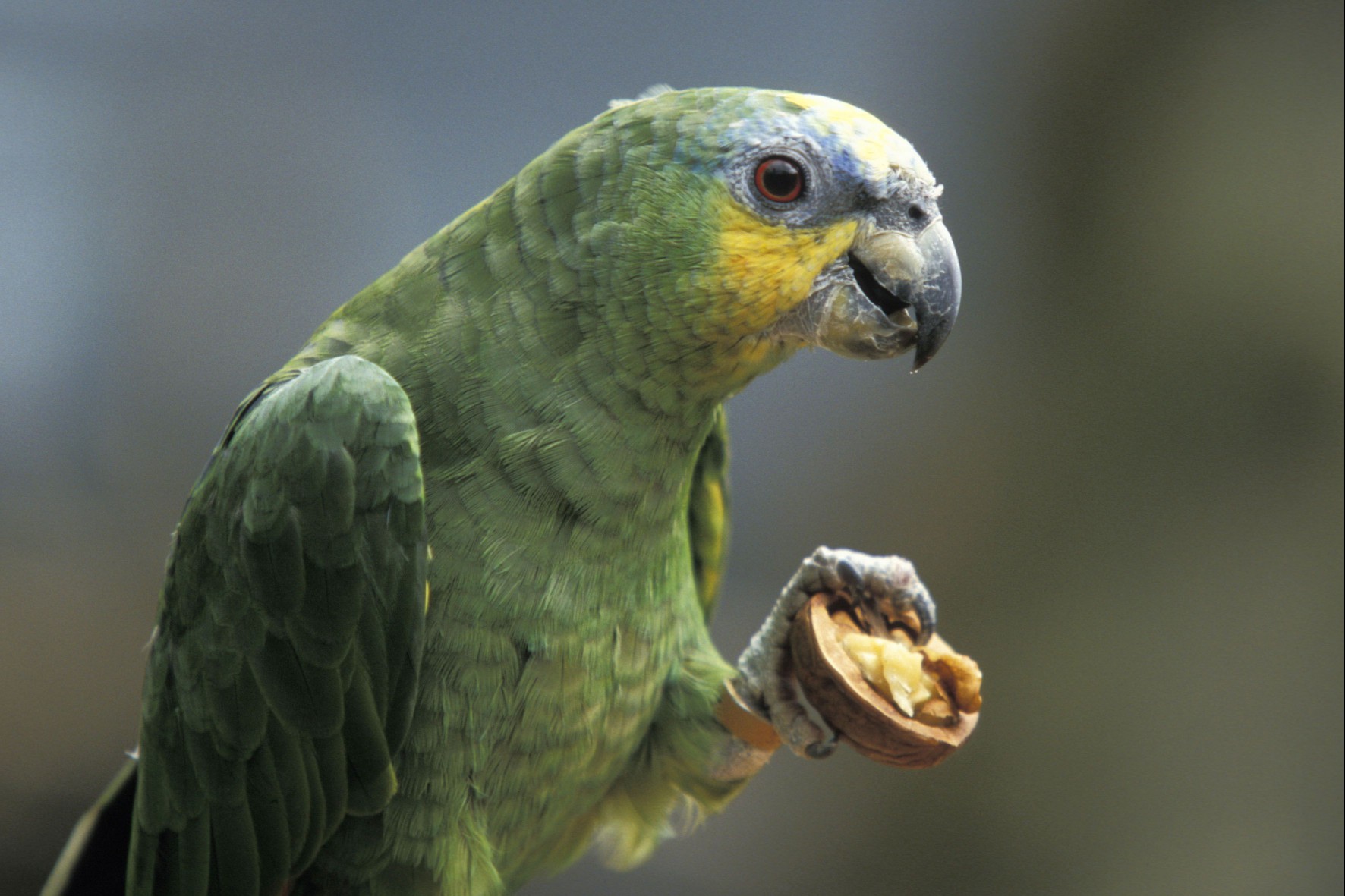
Francis Apesteguy/Getty Images
One of the most obvious signs that your bird needs a nail trim is excessive nail length. Most bird owners can tell just by looking at their pets' feet when they are due for a trim. However, if you’re a new bird owner, it’s not always easy to recognize a normal nail versus one that’s overgrown.
Ask your veterinarian to help you become familiar with your bird's anatomy, and take the time to give your bird a regular once-over for anything that’s abnormal. This is the best way to judge whether your bird needs a nail trim, as well as to notice whether it's developing any health issues.
02 of 05Changes in Perching Behavior
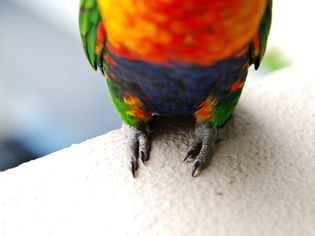
Karen To/Getty Images
One of the biggest clues that something is amiss with your bird’s feet is a change to its normal perching behavior. Have you noticed your bird favoring one foot lately? Or has it recently seemed to prefer standing on the cage floor rather than using its perches? Any sort of change in the way your bird normally perches and carries itself is a cause for concern.
It might simply be that the bird’s nails are too long, making perching uncomfortable. If that’s the case, a nail trim should resolve the abnormal behavior fairly quickly. But if your bird doesn’t improve, it could be a sign of a foot injury or a potentially serious health issue. So it’s best to see your vet as soon as possible if your bird’s perching behavior becomes abnormal.
03 of 05Difficulty Getting Around
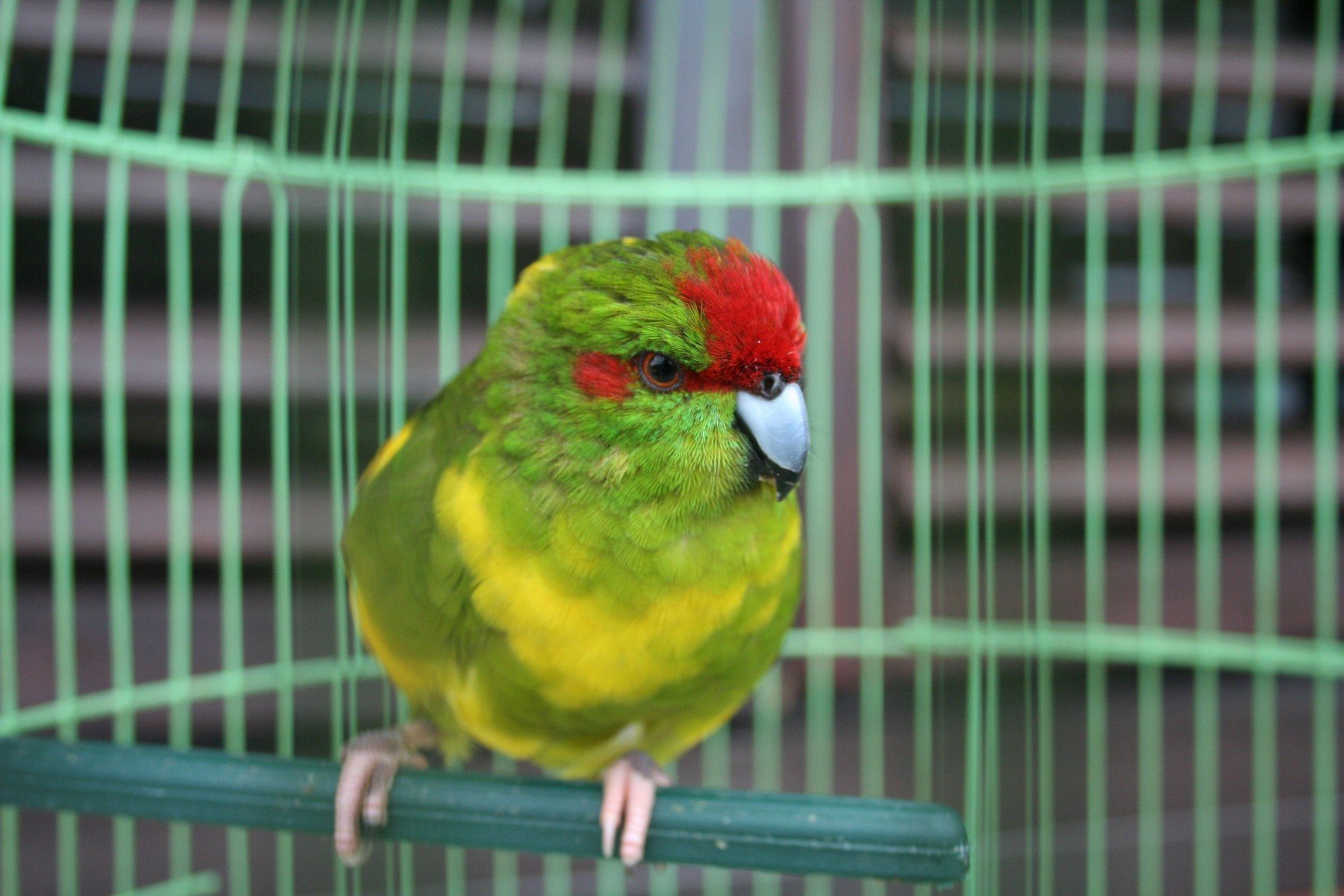
Maid Idrizovic/EyeEm/Getty Images
Birds use their feet for practically everything: walking, grasping food, climbing, playing with toys, and holding on to perches. So if their nails aren't kept in good order, many aspects of their lives can be affected.
If you notice your bird's nails getting stuck on your clothing, in bits of food, or on other surfaces, then it's definitely time for a trim. Nails that are a healthy length should give your bird traction without hindering its efforts to get around.
04 of 05Rough or Scabby Patches on the Bird's Skin
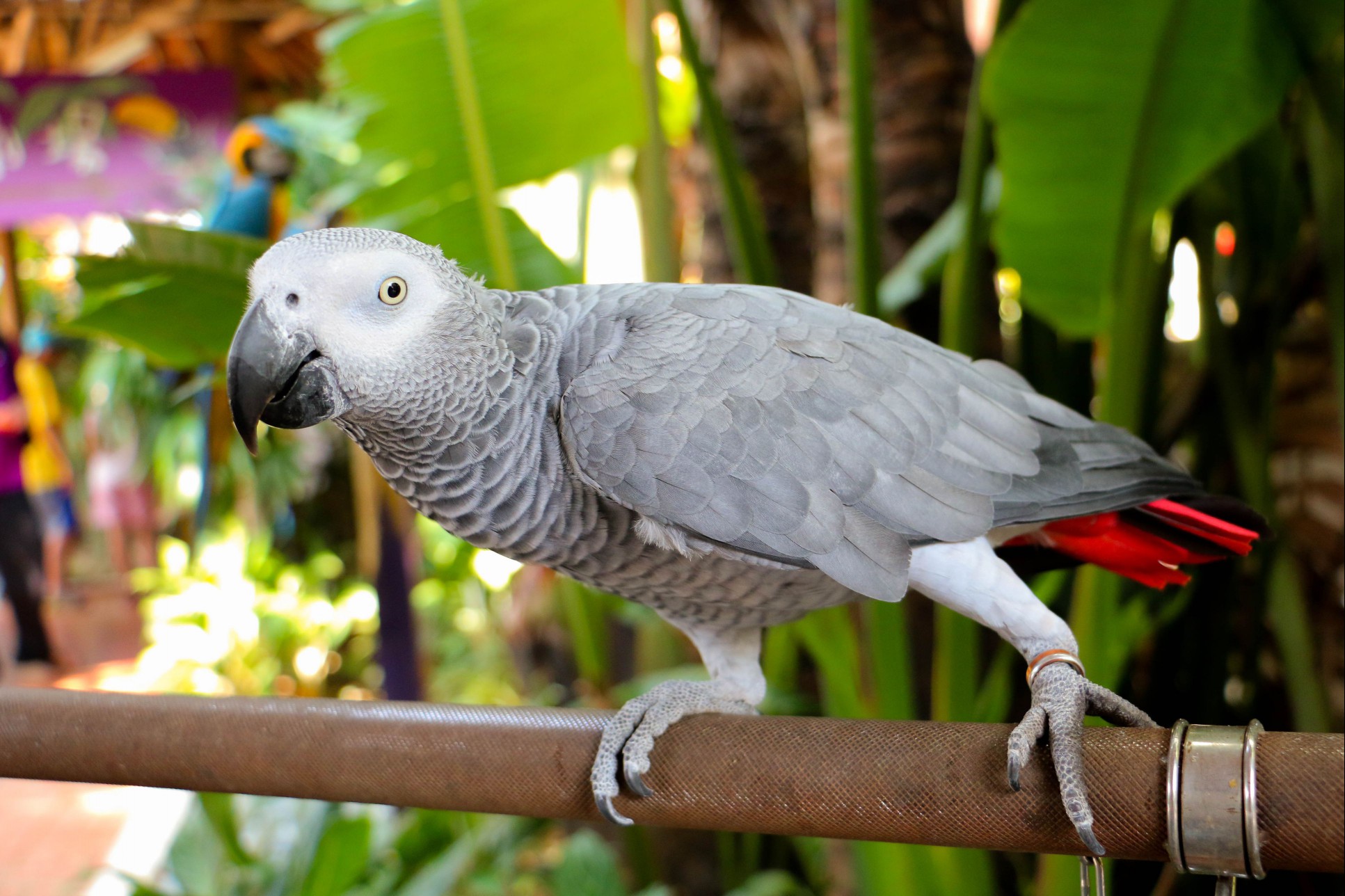
Guo Ya Hui/EyeEm/Getty Images
If you’ve been noticing abnormal patches on your bird's skin, such as rough skin or scabs, then a nail trim might be in order. Like many other animals, birds use their nails to scratch and relieve itches all over their bodies. But birds with overgrown nails are prone to accidentally scratching themselves too hard. This sometimes can cause bleeding or abrasions.
So give your bird's nails a trim if they look a little long and you notice some sore spots on its skin. If its skin doesn’t start to look better within a day or two, then you should promptly schedule an appointment with your avian vet. It's also ideal to call your vet as soon as you spot any skin issues to make sure your bird's symptoms don't require immediate attention.
Continue to 5 of 5 below05 of 05Scratches to Your Hands
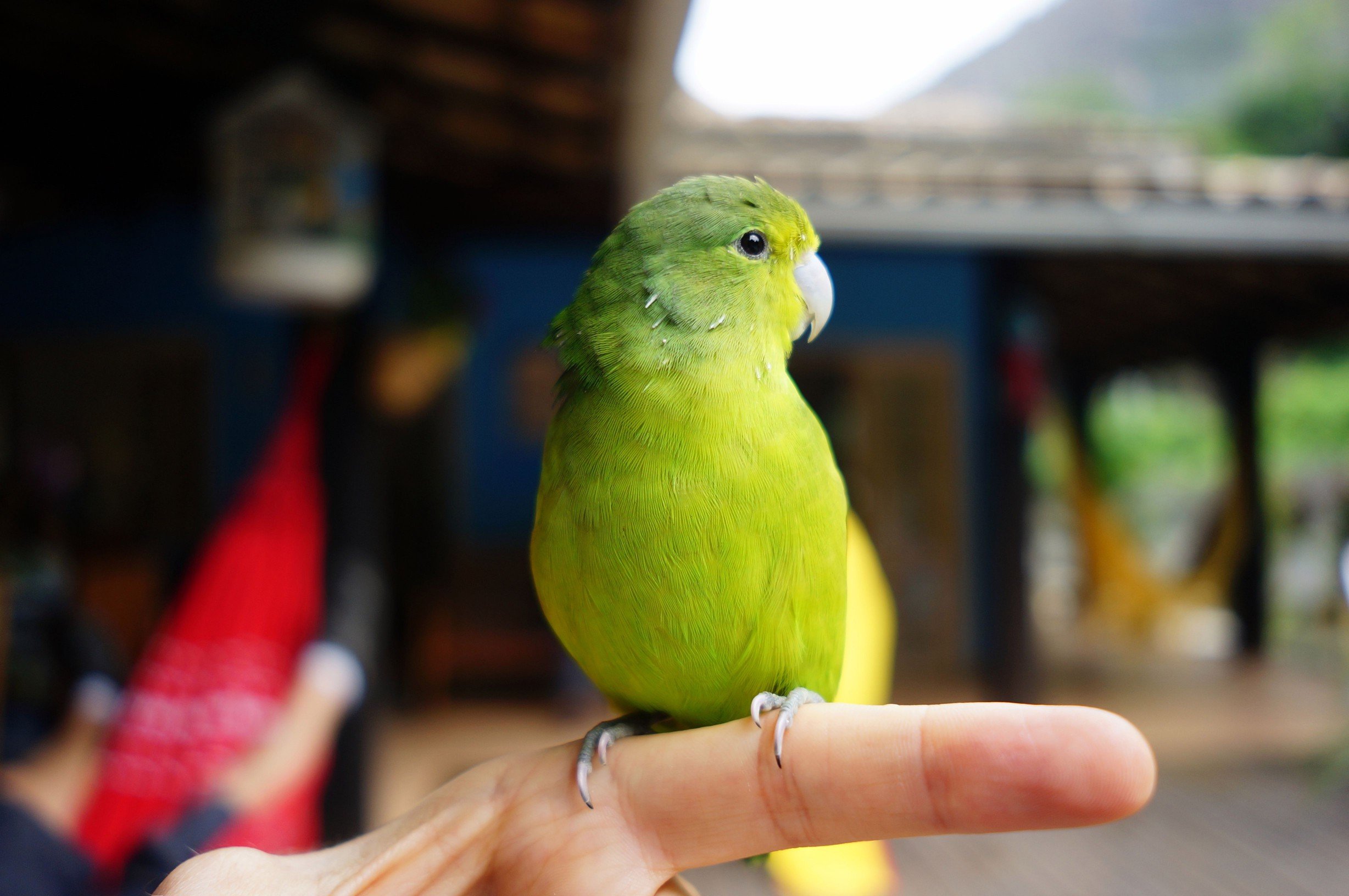
Eduardo Lohmann Cardoso/EyeEm/Getty Images
Can you comfortably handle your bird without getting painful scratches all over your hands? If not, then it's likely time to trim those nails.
While it's normal to be able to feel your bird's nails when it perches on your hand, the nails shouldn't be so long and sharp that you are unable to hold your pet without getting scratched. Opt for a nail trim any time holding your bird starts to become uncomfortable.
If you suspect your pet is sick, call your vet immediately. For health-related questions, always consult your veterinarian, as they have examined your pet, know the pet's health history, and can make the best recommendations for your pet.RECOMMENDED NEWS
 small-birds
small-birdsLovebird (Pocket Parrot) Species Profile
Lovebirds are a favorite among pet birds, often called "pocket parrots," and are among the most col...
Read More → medium-birds
medium-birdsGreek-Cheeked Conure: Bird Species Profile
Popular as pets due to their small size, beauty, and intelligence, green-cheeked conures have ...
Read More → bird-nutrition-and-food
bird-nutrition-and-foodCan Chickens Eat Pumpkins?
Chickens eat more than just chicken feed, but it doesn't mean all foods they consume are healthy fo...
Read More → bird-health
bird-healthCauses of Regurgitation in Birds
It's a scenario that is all too familiar for some pet bird owners—you are sitting with your b...
Read More → bird-health
bird-health10 Common Plants That Are Toxic to Birds
People who own parrots and other pet birds must be careful regarding the types of plants they allow...
Read More → bird-breeds
bird-breedsBare-Eyed (Little Corella) Cockatoo: Bird Species Profile
The bare-eyed cockatoo is a smaller cockatoo that is a somewhat easier pet to keep than its larger ...
Read More → bird-breeds
bird-breeds8 Top Loudest Parrots Often Kept as Pets
Parrots have the capability to be very loud, and some species are prone to more noise than others. ...
Read More → bird-breeds
bird-breeds9 Cute Baby Bird Photos That Will Melt Your Heart
If you have enough land, and your city allows it, it is possible to keep chickens as pets. You can ...
Read More → bird-basics
bird-basicsPlants That Are Safe for Pet Birds
The houseplants we use to brighten our homes aren't always safe for those who have pet birds, a...
Read More →
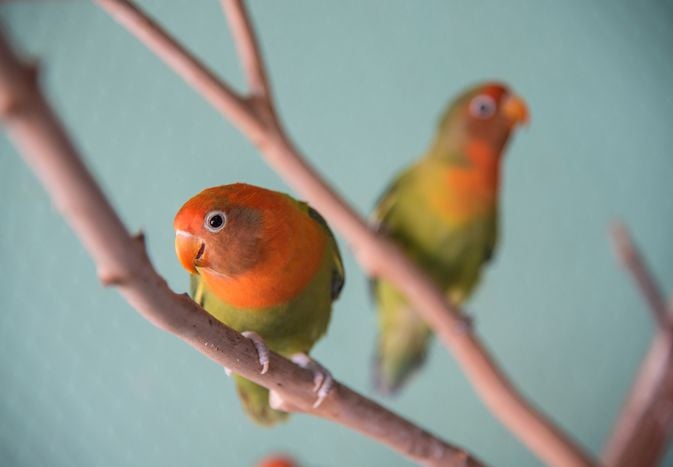
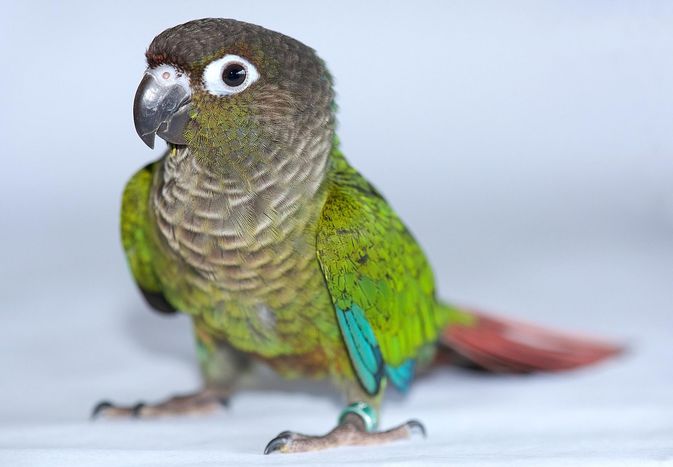
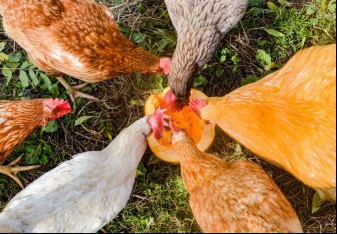
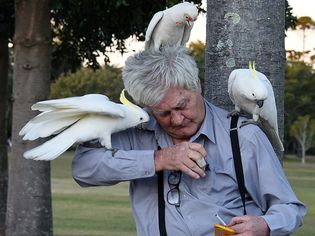
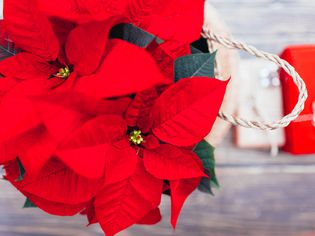
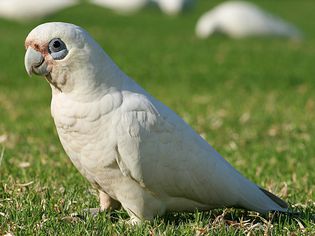
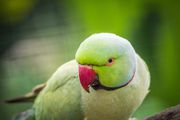
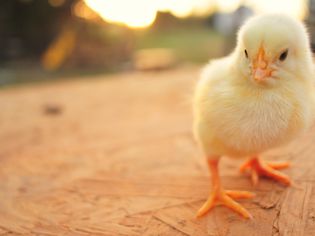
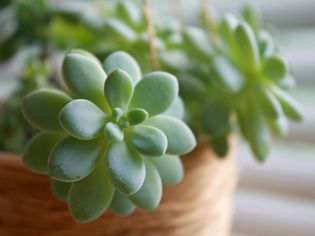
Comments on "5 Signs Your Bird Needs a Nail Trim" :